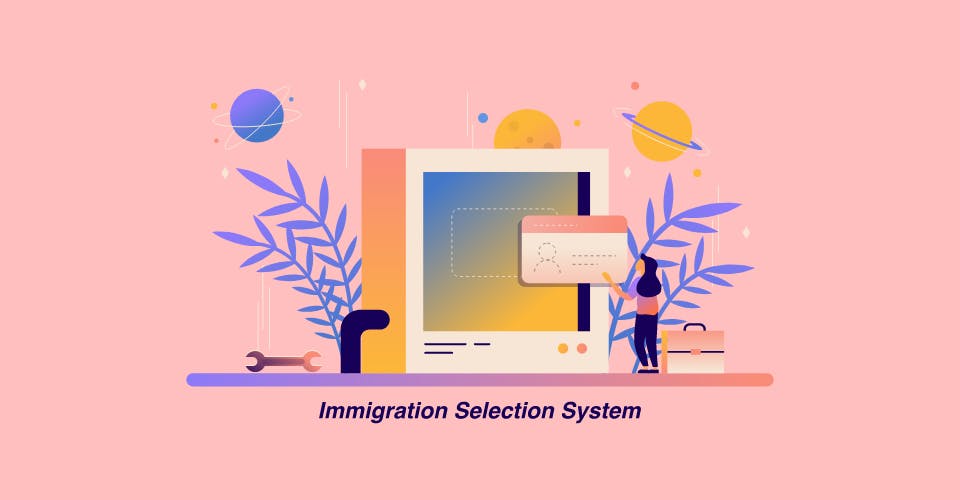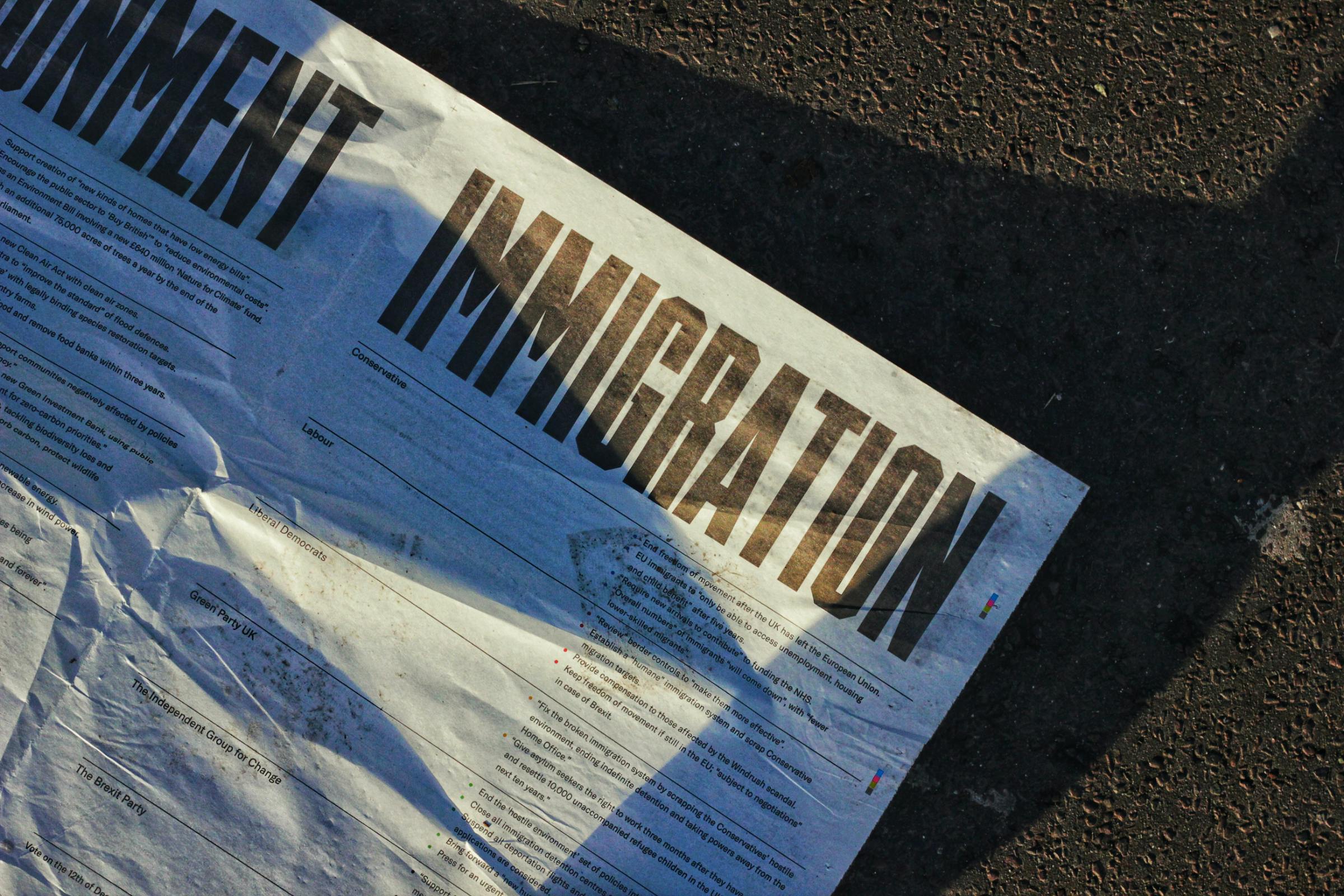The Migration Policy Institute (MPI) recently held a comprehensive webinar that dealt with the current status of legal immigration and particularly ways in which the U.S. could increase employment based immigration into the country. Mainly, speakers addressed the need for more skilled immigrants into the labour force in a more targeted fashion that the current selection system does not allow for, and also cited this as a reason for spikes in illegal immigration—as a way to satisfy supply and demand.
Speakers in this talk included two senior policy analysts from MPI, as well as a former labor economist with the U.S. government, as well as the CEO of a U.S. based non-profit that helps immigrants rebuild their careers in the United States.
The link for this webinar can be found here: https://www.migrationpolicy.org/multimedia/millions-unfilled-us-jobs-what-role-there-immigration
Key Takeaways
This discussion mostly focused on the fact that the current selection system for U.S. immigration is way too narrow, and should be broadened to include various flexibilities. One of the speakers, Mr. Chishti, who is a Senior Policy Analyst at MPI, noted that through some of the major shocks of the past 20 years, i.e. September 11th, the 2008 financial crisis, the election of Donald Trump, and Covid-19, there still hasn’t been any major change to the way the U.S. government selects employment based immigrants into the country. He added that employing seasonal workers into the country to work at resorts was only a temporary solution, and much more needs to be done in order to address the current labour market demands.[1]
One of the key propositions that was made in this webinar focused on what is called a “bridge visa”. Essentially the U.S. immigration system should adopt a new “bridge” visa as the main route for admission for most foreign workers arriving on employment visas. The bridge visa is meant to displace the way the non-immigrant visa program works by giving individuals in this category easier job portability and also a means to apply for an adjustment of status.[2]
In addition, speakers in this webinar also called for, and agreed, that it was imperative to create some type of independent, expert body within the government that makes recommendations on annual admissions based on careful review of labor market, economic, demographic, and immigration trends. Right now, according to panelists, these needs are not being realized which is creating serious inconsistencies between the labour market and the U.S. immigration system.[3]














